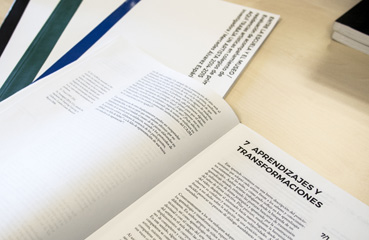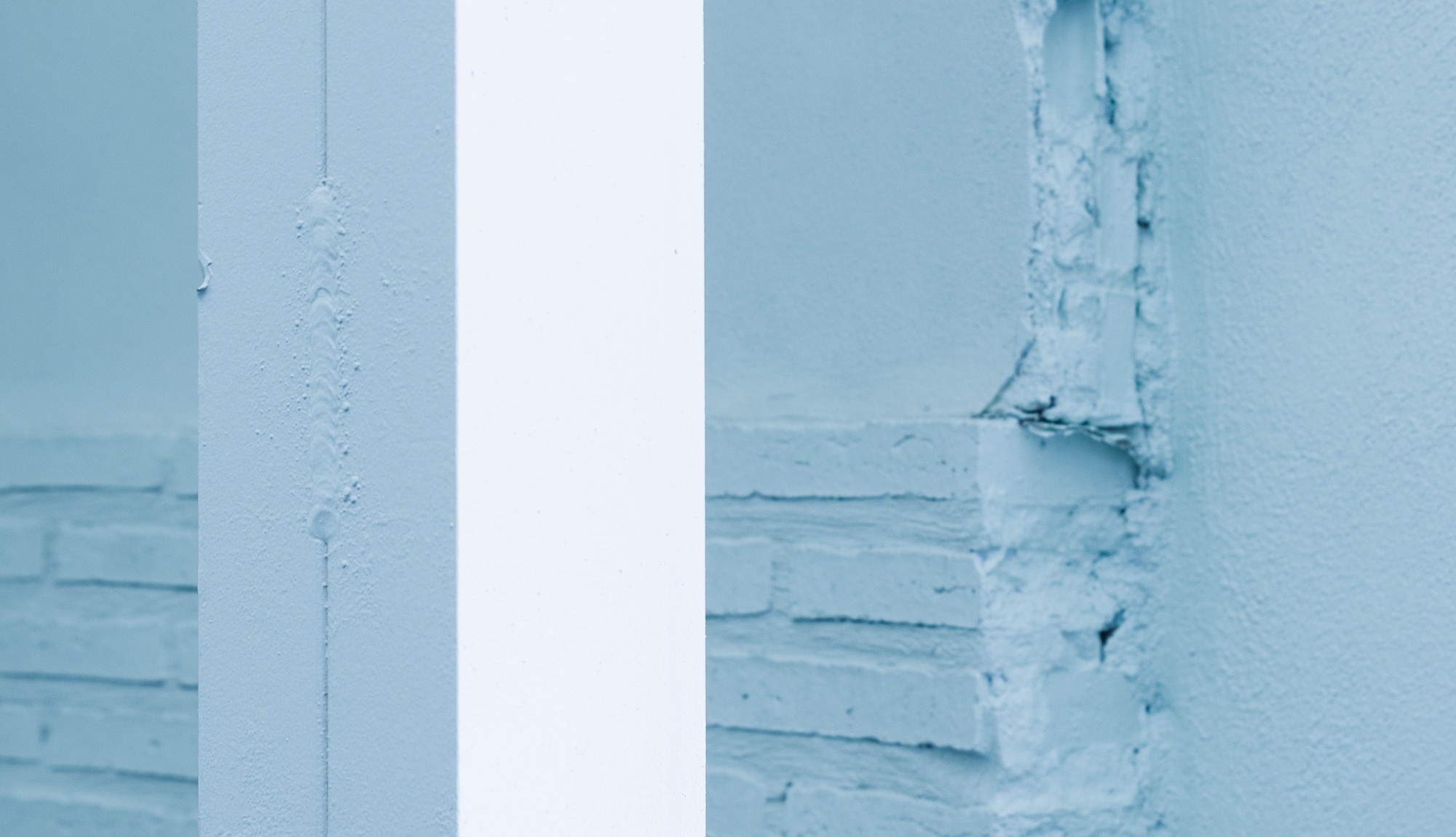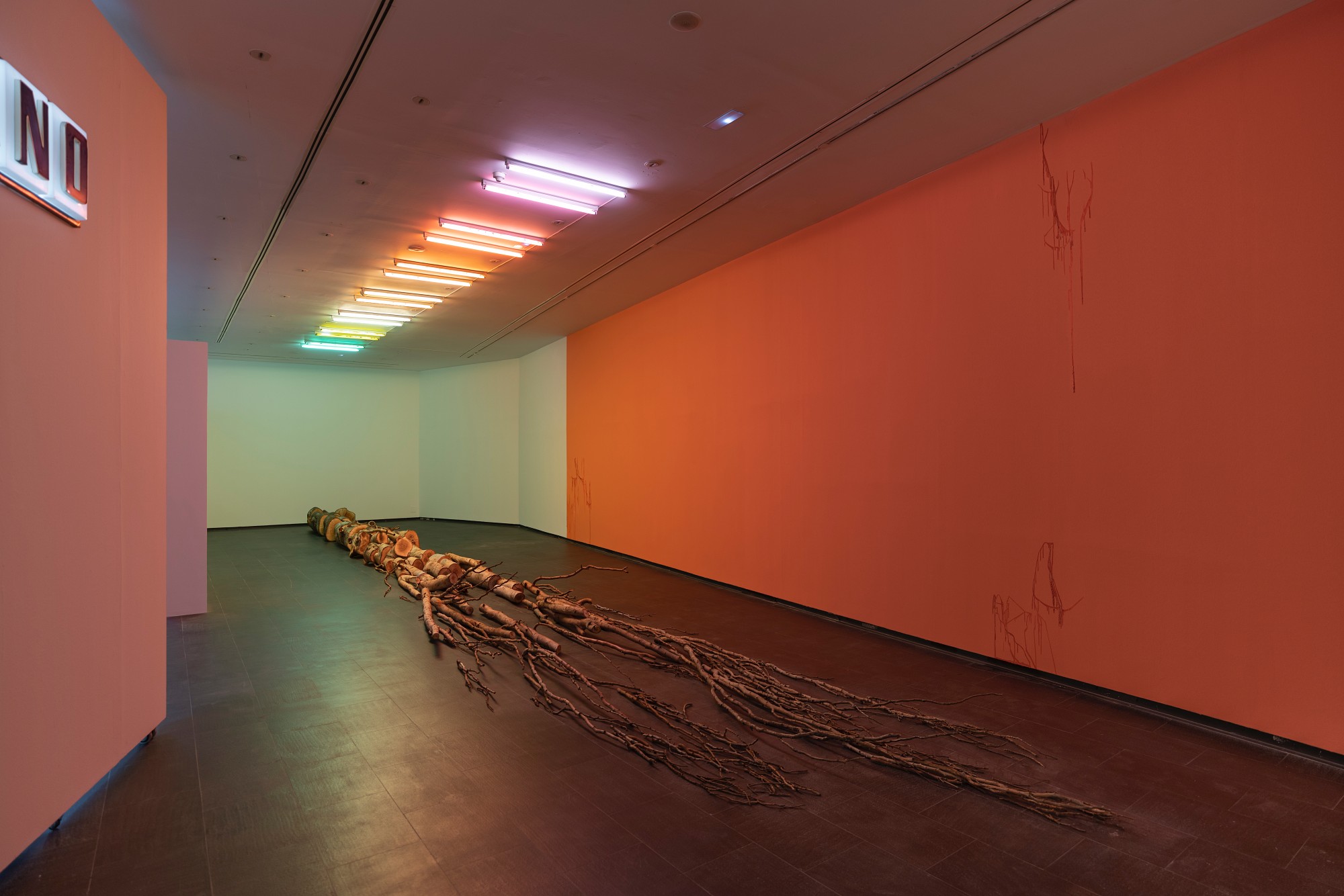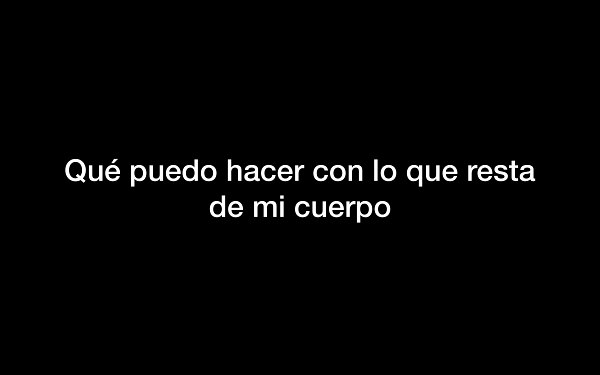
In the 2014-2015 school year we started a project of artist residencies in primary schools with the purpose of integrating within the official curriculum a series of art projects that would take place throughout the whole duration of the school year. We believed that it was essential to view the school as a space of experimentation where, by means of implementing methodologies coming from art, we can posit a vision of education that takes into account other forms of productivity other than those that schools have been subjected to in the official plans.

Architect Andrés Jaque’s studio, the Office for Political Innovation, has been in charge of carrying out a series of architectural acupuncture interventions at the museum. These actions, which have been taken to ease the pain in the institution's body at specific points like the façade and the central atrium, have allowed CA2M's architecture to be adapted for the uses assigned to its spaces for different activities and programmes.

Trémula is an exhibition by the artist Javi Cruz (Madrid, 1985). It is also the story of a populus tremula—the scientific name for the tree commonly called trembling aspen– which was planted in the 1980s beside the building where he grew up and still lives today in the district of San Blas and was chopped down last year because of a disease. The night when it was felled, Javier took around 500 kg of it up to his apartment and a few days later, with the help of his friends Jacobo and Lorenzo, he loaded the biggest truck he was able to drive with more.

The need to ask ourselves about the possibilities for engaging today with the live arts has encouraged SUSANA to pose questions from where we observe, reflect on and implement the reality in which we inhabit. How do we create an axis that structures this reality in order to address it?

One can recognize in the texts by Manel Clot a multiplicity of incipient ideas, obsessive desires, rough references, the validity of nostalgia, inopportune utopias and sudden fatigues that traverse the fleetingness of the sentence and dominate his thinking almost permanently. They are not anachronisms but rather reminiscences of the 1990s.

Even if we wanted to, we cannot kill our dead. The dead have summoned us to undertake certain tasks, and so we carry them around with us in our lives every day, in little gestures and flashes of very intense sensations. How can we share these losses, the part of them that has stuck to us, their strange temporalities, the hankering to bury our heart, the pain of Blue — the uncertain stumbling Buzz —?

Francesc Ruiz's first major exhibition at a state museum in Spain is a retrospective and an exhibition of new works.